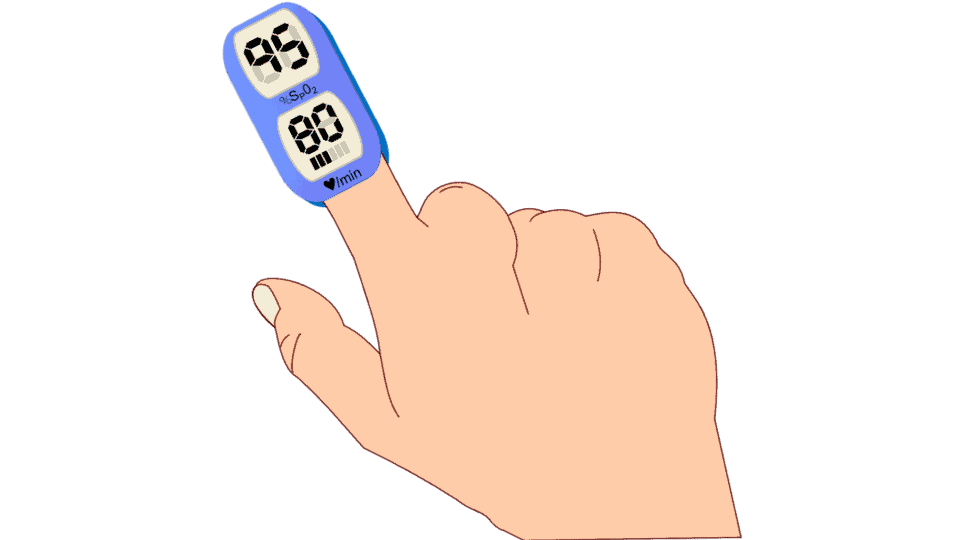According to medical experts, COVID19 patients are found with lower oxygen rate and that’s where a small device called pulse oximeter that can help detect this.
Overview
Pulse oximetry is a non-invasive and painless test that measures your oxygen saturation level in your blood.
The pulse oximeter is a small clip-like device that attaches to a body part, like toes or an earlobe.
Purpose and uses
The purpose of pulse oximetry is to check how well your heart is pumping oxygen through your body.
It may monitor the health of individuals with any condition that can affect blood. These conditions include:
· Chronic Obstructive Pulmonary Disease (COPD)
· Asthma
· Pneumonia
· Lung Cancer
· Anaemia
· Heart Attack or Heart Failure
How it works
In a pulse oximetry reading, a small clamp-like device is placed on a finger, earlobe, or toe. Small beams of light pass through the blood in the finger, measuring the amount of oxygen. It does this by measuring changes of light absorption in oxygenated, dark-coloured cells and deoxygenated blood, light coloured cells.
The pulse oximeter will thus be able to tell you your oxygen saturation levels along with your heart rate.
Pulse oximetry readings
Pulse oximetry is typically a fairly accurate test and is also being used in the screening of Covid-19 patients, though it doesn’t detect the disease itself. It can be an indicator.
An oxygen saturation level of 95 percent is considered normal for most healthy individuals. A level of 92 percent indicates potential hypoxemia, or deficiency in oxygen reaching tissues in the body. The low oxygen levels, during this Corona pandemic has helped identify Corona Pneumonia, a highly critical condition observed in severe cases.
Takeaway
· Pulse oximetry is a quick, non-invasive, and painless test.
· It would be advisable to monitor the saturation level periodically.
· This test does not diagnose COVID, but is one of the useful tests.
· Low level of oxygen saturation may occur with other diseases mentioned in the article.
· If one’s saturation is low, please consult a physician.
p.s based on inputs from Dr.Subramanyam Mahankali


